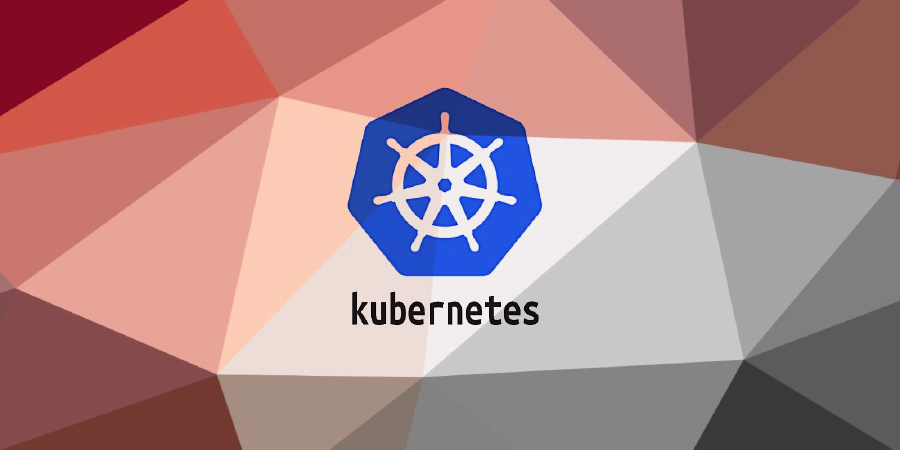I have been in DevOps related jobs for past 6 years dealing mainly with Kubernetes in AWS and on-premise as well. I spent quite a lot …
 :date_long | 2 min Read
:date_long | 2 min ReadInstall K3S with Rancher UI
Adjust your /etc/hosts file
# Adjust your /etc/hosts file
cat /etc/hosts
...
192.168.1.45 archlinux
...
:wq!
Deploy K3S cluster yo tour local
# Deploy K3S cluster yo tour local
curl -sfL https://get.k3s.io | INSTALL_K3S_EXEC="--datastore-endpoint etcd --no-deploy traefik" sh -s -
sudo chmod 755 /etc/rancher/k3s/k3s.yaml
kubectl get pods -A
Deploy Nginx Ingress Controller
# Deploy Nginx Ingress Controller
helm repo add stable https://kubernetes-charts.storage.googleapis.com/
helm repo update
helm install nginx stable/nginx-ingress \
--set controller.service.type=NodePort \
--set controller.service.nodePorts.https=30111
Rancher with certificates generation
mkdir -p /home/jantoth/etc/pki/tls/private
mkdir -p /home/jantoth/etc/pki/tls/certs
NAME="archlinux"
RANCHER_URL="https://$NAME:30111"
PRIVATE="/home/jantoth/etc/pki/tls/private" # *.key
CERTS="/home/jantoth/etc/pki/tls/certs" # *.crt
if [ ! -f "${PRIVATE}/${NAME}.key" ]; then
echo "INFO: generating CA for Rancher"
openssl genrsa -out "${PRIVATE}/${NAME}-ca.key" 4096
openssl req -key "${PRIVATE}/${NAME}-ca.key" \
-subj "/C=EU/ST=SD/L=AM/O=${NAME}/CN=Authority" \
-new -x509 -days 7300 -sha256 \
-out "${CERTS}/${NAME}-ca.crt" -extensions v3_ca
echo "INFO: generating private key and certificate for Rancher"
openssl genrsa -out "${PRIVATE}/${NAME}.key" 4096
openssl req -key "${PRIVATE}/${NAME}.key" \
-new -sha256 -out "${CERTS}/${NAME}.csr" \
-subj "/C=EU/ST=SD/L=AM/O=${NAME}/CN=${NAME}"
openssl x509 -req -CA "${CERTS}/${NAME}-ca.crt" -CAkey "${PRIVATE}/${NAME}-ca.key" \
-CAcreateserial -in "${CERTS}/${NAME}.csr" \
-out "${CERTS}/${NAME}.crt" -days 7300
cp "${CERTS}/${NAME}-ca.crt" "${CERTS}/cacerts.pem"
fi
kubectl create namespace cattle-system
kubectl -n cattle-system get secret tls-rancher-ingress &>/dev/null ||
kubectl -n cattle-system create secret tls tls-rancher-ingress \
--cert="${CERTS}/${NAME}.crt" --key="${PRIVATE}/${NAME}.key"
kubectl -n cattle-system get secret tls-ca &>/dev/null ||
kubectl -n cattle-system create secret generic tls-ca \
--from-file="${CERTS}/cacerts.pem"
Deploy Rancher to K3S/K8S
helm repo add rancher-stable https://releases.rancher.com/server-charts/stable
helm repo update
kubectl create namespace cattle-system
helm install \
rancher rancher-stable/rancher \
--namespace cattle-system \
--set hostname=archlinux \
--set replicas=1 \
--set tls=ingress \
--set ingress.tls.source=secret \
--set privateCA=true
Longhorn setup
sudo pacman -S community/open-iscsi
sudo systemctl enable --now iscsid
Using cert-manager to provide SSL certificates for Rancher (overkill)
# Install the CustomResourceDefinition resources separately
kubectl apply --validate=false -f https://github.com/jetstack/cert-manager/releases/download/v0.15.0/cert-manager.crds.yaml
kubectl create namespace cert-manager
helm repo add jetstack https://charts.jetstack.io
# Update your local Helm chart repository cache
helm repo update
# Install the cert-manager Helm chart
helm install \
cert-manager jetstack/cert-manager \
--namespace cert-manager \
--version v0.15.0
kubectl get pods --namespace cert-manager
helm repo add rancher-stable https://releases.rancher.com/server-charts/stable
helm repo update
kubectl create namespace cattle-system
helm install \
rancher rancher-stable/rancher \
--namespace cattle-system \
--set hostname=archlinux \
--set replicas=1
# Setup Coredns pod
# kubectl rollout restart -n kube-system deployment/coredns
Login to Rancher via rancher cli
NAME="archlinux"
RANCHER_URL="https://$NAME:30111"
APITOKEN=$(curl -sk "${RANCHER_URL}/v3-public/localProviders/local?action=login" \
-H "content-type: application/json" \
--data-binary "{\"username\":\"admin\",\"password\":\"admin\"}" 2>/dev/null | jq -r .token 2>/dev/null)
rancher login -t "${APITOKEN}" "${RANCHER_URL}/v3"